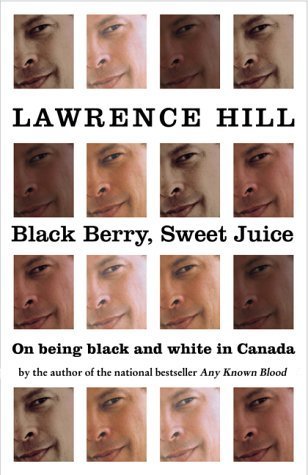Check All That Apply: The Psychological Costs and Benefits of Adopting a Multiracial Identity
SPSP 2010
The Eleventh Annual Meeting of the Society for Personality and Social Psychology
Royal Pavilion 6
Friday, 2010-01-29, 09:45-11:00 PST (Local Time)
Chair: Todd L. Pittinsky, Harvard University
Multiracial people have always challenged the conventional notions of racial categorization, exemplified by the recent debate over President Obama’s racial identity—was he “Too Black” or “Not Black enough”? Despite his biological multiracial background, he consistently self-identifies as Black. This example illustrates the inherent flexibility in racial identification and raises questions about how this flexibility affects both the target and perceiver. This symposium assembles four diverse programs of research that explore race as a flexible construct. Our findings demonstrate how examining multiracial people can offer novel insight into the relationship between racial identification and discrimination, as well as their links to health and cognitive outcomes. Giamo and colleagues discuss how both perceptions of discrimination and parental ethnicity influence multiracial individuals’ conveyance of their racial identity. Sanchez and colleagues investigate how White ancestry reduces multiracial individuals’ credentials as an ethnic minority, affecting their worthiness as a candidate for affirmative action. Shih and La Plante explore the prevalence of health risk behaviors among monoracial and multiracial individuals. Finally, Pauker and Ambady examine whether multiracial individuals can flexibly adopt different racial identifications to guide preferential “own-race” memory and the involvement of discrimination narratives in such changes in racial identification. These studies introduce new advances in thinking about how perceived experiences with discrimination shape both self and other perceptions of racial identity. Additionally, they highlight that the adoption of a flexible, multiracial identity can engender a complex set of consequences and benefits, including both negative health outcomes and positive cognitive outcomes.
Talk 1- The Influence of Perceptions of Discrimination and Parental Ethnicity on Multiracial Identity
Lisa S. Giamo
Simon Fraser University
Michael T. Schmitt
Simon Fraser University
H. Robert Outten
Simon Fraser University
Talk 2 – Minority Status Perceptions of Black/White Biracial Individuals
Diana T. Sanchez
Rutgers University
Jessica J. Good
Rutgers University
George Chavez
Rutgers University
Talk 3 – Health Risk Behaviors of Multiracial and Monoracial Young Adults
Margaret J. Shih
University of California, Los Angeles
Debi A. LaPlante
Harvard Medical School
Talk 4 – Multiracial Individuals’ Flexible “Own-Race” Memory
Kristin Pauker
Stanford University
Nalini Ambady
Tufts University
For complete information on the four talks, click here.


